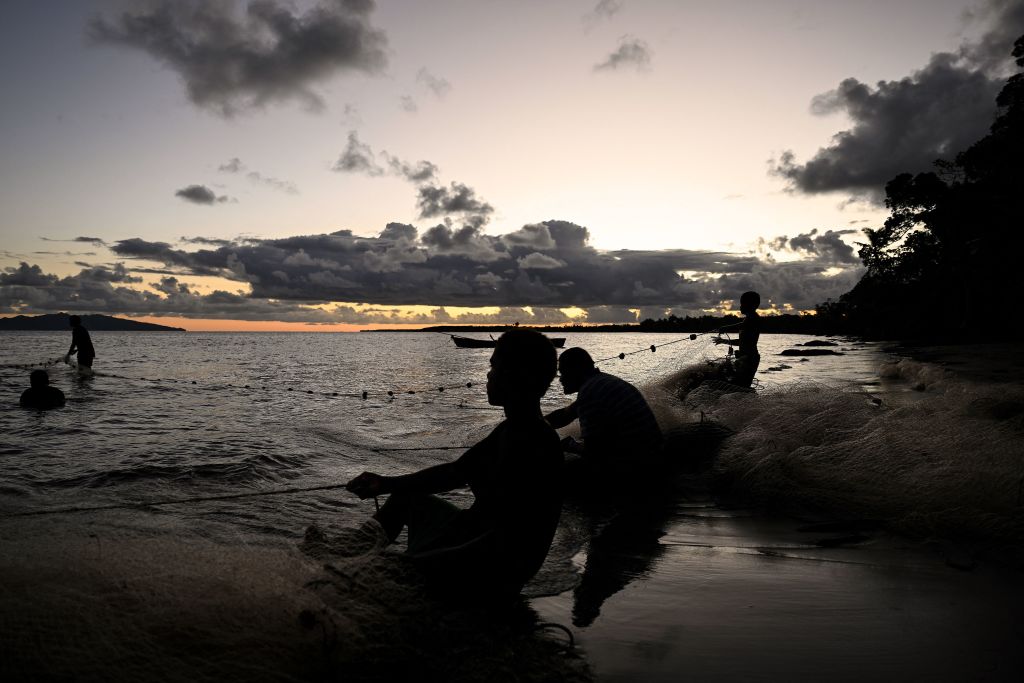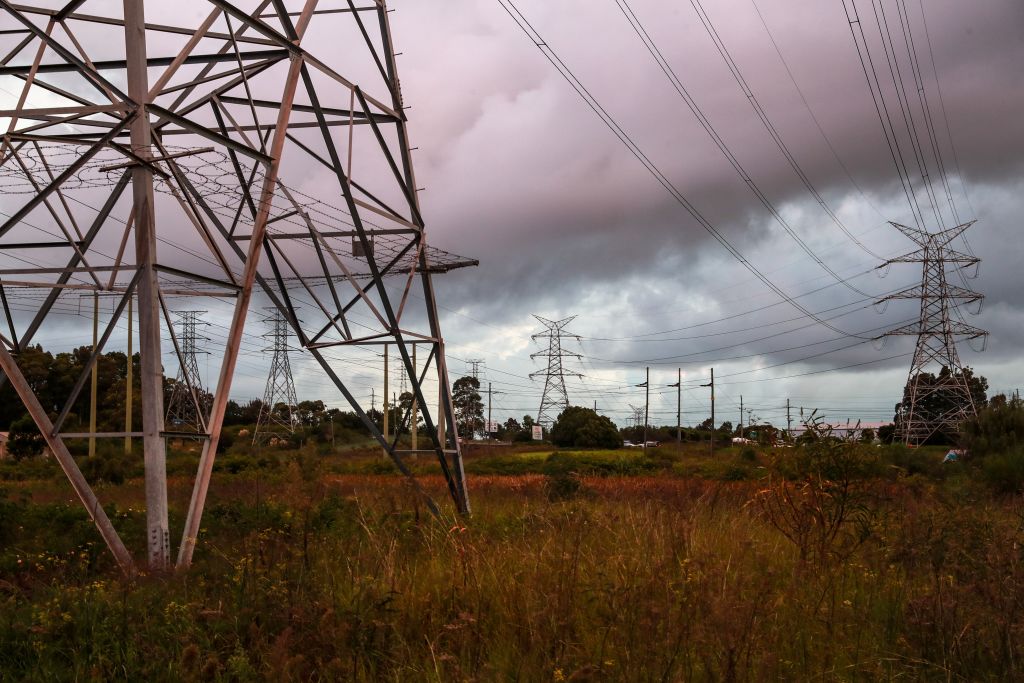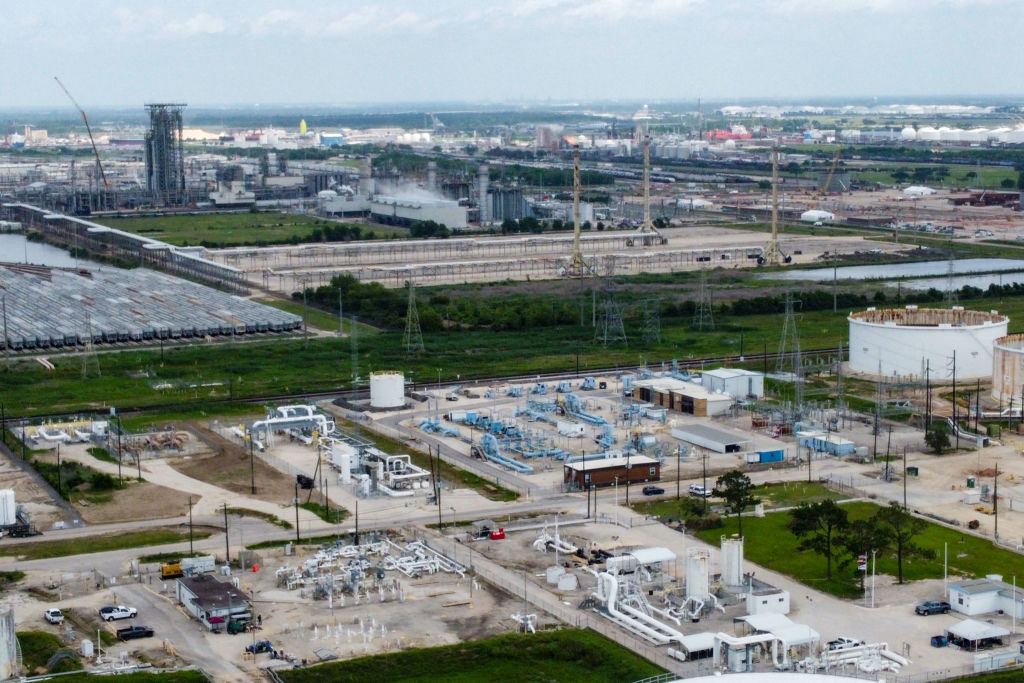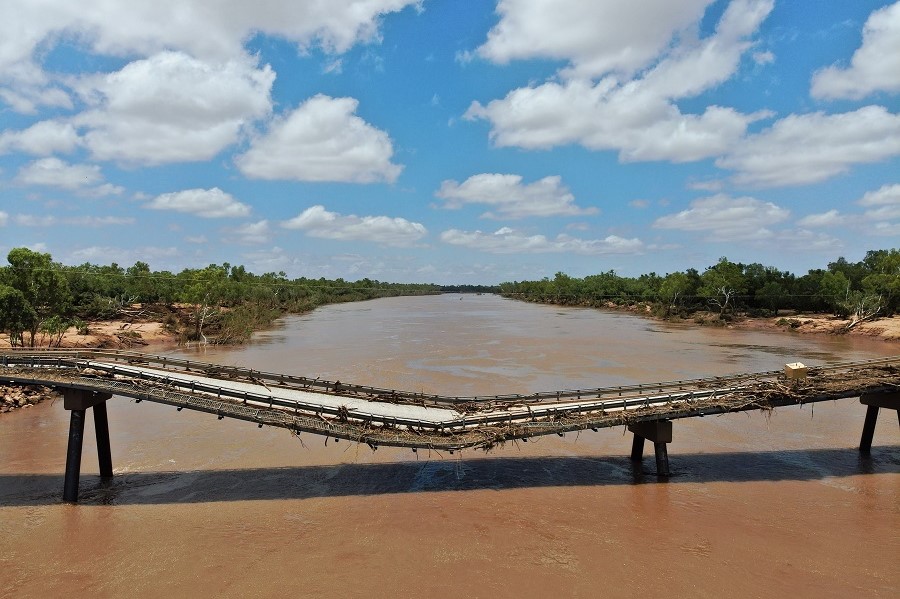La La Land under siege

The devastating wildfires in California have turned the City of Stars into a scene from an apocalyptic Hollywood movie.
It’s hard to fathom that a disaster of this magnitude could strike a major coastal city today, and difficult to understand how we’re still seeing widespread destruction of homes and businesses. About 12,000 structures have been lost since the fires began on 7 January, with many more likely to follow.
Like Los Angeles, Australia’s capital cities are close to national parks and are vulnerable to bushfires. In 2003 a massive fire hit Canberra. Almost 500 houses burned down, but the city lost no critical infrastructure.
Whether that was thanks to good luck or good preparations, we need to look again at protection of major cities’ critical infrastructure against increasingly frequent and severe natural disasters.
Amid the devastation in LA, some buildings remain unscathed. These structures show the importance of preparedness and attention to disaster-resistant design and resilient building materials.
Two particular examples of resilient building design and materials that have been making headlines worldwide are in Malibu and the Pacific Palisades. Buildings there incorporate a range of wildfire-proofing measures, including fire-resistant roof materials and absence of eaves and roof vents.
Internal features include tempered glass and class-A wood, which is as ignition resistant as concrete or steel. The structures also have walls that resist flame and heat for up to one hour. Externally, sparse desert-style landscaping and concrete retaining walls provide effective setbacks.
Meanwhile, the Paul Getty Museum is an example of resilient infrastructure. It sits on a ridgeline in the Santa Monica Mountains and has withstood several wildfires, with this month’s Palisades fire coming within 1.8 metres of the eastern walls. Completed in 1997, the museum features fire-resistant landscapes, materials and systems, including a network of underground pipes connects to a one-million-gallon water tank for emergency sprinkler activation.
Built to the highest fire-resistive standards, it has exterior features including 300,000 travertine stone blocks, and roofs covered in crushed stone. Interior walls are concrete, and the building’s self-contained design includes air pressure systems to separate different areas and prevent smoke infiltration.
So far, the LA wildfires have destroyed an area of about 60 square miles (approximately 16,000 hectares), an area larger than the city of Darwin. In comparison, the Australian 2019-20 Black Summer bushfires burnt more than 16 million hectares of land, resulting in a loss of about 5900 buildings and an estimated insurance loss of $1.34 billion. The economic, social and environmental impacts are still felt.
Reinsurers in Los Angeles have indicated that they will face significant losses and will seek to recover their costs. This will have affect insurance premiums globally, and any may result in rising insurance costs and difficulties in securing coverage. According to climate-change risk analysis modelling, one in 10 properties in Australia will be uninsurable within the next decade. Meanwhile, Australia is experiencing a cost-of-living crisis, where insurance is increasingly seen as a luxury expense and is often deprioritised in favour of essential needs such as housing and groceries.
As insurance becomes unaffordable, the government should shoulder the burden of protecting infrastructure. This raises an important question: how well-prepared are our major cities’ critical and social infrastructure to withstand and respond to the increasingly frequent and severe natural disasters that climate change is driving?
50 years ago, Cyclone Tracy was, at the time, the worst natural disaster in Australian history. As reflected in ASPI’s special report Cyclone Tracy: 50 years on, the disaster played a pivotal role in the development of the National Construction Code, which established a standard to enhance resilience against natural hazards such as bushfires, floods and earthquakes. It wasn’t until 1991 that an Australian standard was set for improving the fire resistance of homes in bushfire-prone regions.
The LA wildfires have shown that natural disasters do not respect boundaries set by urban planning. Many of our major cities, including major Canberra, Sydney and Melbourne, are bordered by big national parks, making the urban edges highly vulnerable to bushfires, especially as climate change makes conditions hotter and drier.
A reform of the National Construction Code and Australian fire resistance standards are needed to ensure new infrastructure can withstand major weather events. This could be similar to the implementation of sustainability and energy-efficiency standards for new buildings. Governments at all levels can lead by example by improving the disaster resilience of their own assets.
Implementation of a government-led rebate system, similar to the Australia’s solar rebate system, is an example of how government can help offset the costs of adapting existing structures to make them more resilient.
In the short term such a reform would not only reduce the loss of structures during natural disasters; it would also cut building-lifetime energy costs. Over the long term, it would help lower the cost of insurance premiums and, importantly, reduce post-disaster recovery time.
The LA wildfires have underscored the urgent need for governments to rethink their assumptions about bushfire risk and infrastructure resilience. LA is facing a long road ahead to rebuild its infrastructure and restore essential services. Australia must take steps to avoid experiencing a similar crisis.








